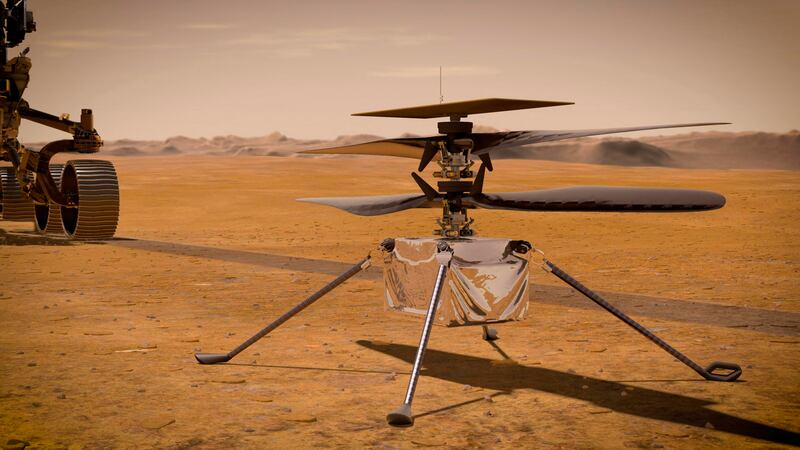Researchers at the universities of Bologna and Padua recently discovered that massive lava tubes on Mars and the moon may be wide enough to support planetary bases, a positive sign for these locations hosting life.
What’s going on?
The research — published in the international journal Earth-Science Reviews — reviewed lava tubes on Mars, the moon and Earth, finding that those on Mars and the moon could host planetary bases to help humans explore space.
- The tubes on Mars and the moon are 100 to 1,000 times the size of the ones seen on Earth. They are likely 100 feet wide and 25 miles long.
- These tubes could shield bases from radiation.
“Lava tubes could provide stable shields from cosmic and solar radiation and micrometeorite impacts which are often happening on the surfaces of planetary bodies. Moreover, they have great potential for providing an environment in which temperatures do not vary from day- to night-time. Space agencies are now interested in planetary caves and lava tubes, as they represent a first step towards future explorations of the lunar surface (see also NASA’s project Artemis) and towards finding life (past or present) in Mars subsurface.” — Francesco Sauro, coordinator for the research.
How they discovered this:
Per Fox News, the researchers compared the lava tubes to those on Earth, specifically ones at Hawaii, the Canary Islands, the Galapagos Islands, Australia and Iceland.
- The researchers believe lower gravity on the moon and Mars “impacted the early volcanic activity on them billions of years ago, which could explain why the tubes are significantly larger than those seen on Earth,” according to Fox News.
Why this matters:
- The tubes could be big enough to make “the Moon an extraordinary target for subsurface exploration and potential settlement in the wide protected and stable environments of lava tubes. The latter are so big they can contain Padua’s entire city centre,” according to researcher Riccardo Pozzobon.


